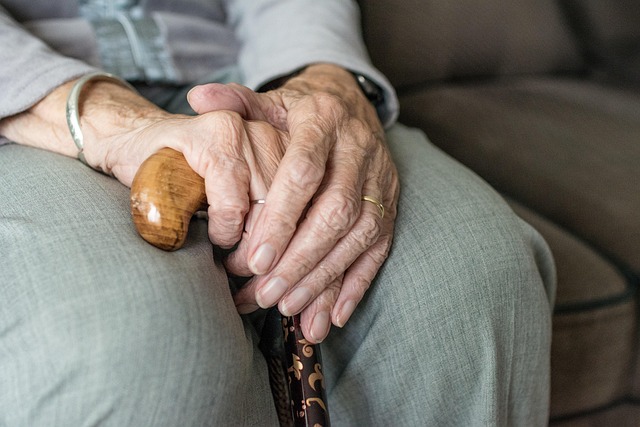Embracing inclusive design in real estate benefits both businesses and residents. Simple accessibility features like wider doors and braille signage make buildings welcoming for all, appealing to a broader market. Advanced technologies assist individuals with diverse needs, improving daily living and quality of life. Integrating universal design principles future-proofs homes, fostering a sustainable, caring society where everyone feels supported.
In today’s inclusive world, accessibility features are transforming real estate, unlocking spaces for all abilities. From meticulously designed homes to innovative daily living tools, these elements foster independence and ease. This article explores three key aspects: Unlocking Spaces, Daily Living solutions, and Future-Proofing Homes, highlighting how the right improvements can significantly enhance comfort and quality of life for everyone. Discover practical insights to create inclusive living environments.
Unlocking Spaces: Design for All Abilities

In the real estate world, unlocking spaces for all abilities is not just a moral imperative but also a strategic move. Inclusive design principles ensure that buildings and properties are accessible to everyone, regardless of physical limitations. This means wider doorways, ramps instead of stairs, braille signage, and tactile surfaces—all contributing to an environment where everyone feels welcome and comfortable.
By adopting these features, real estate developers not only cater to the needs of the aging population or those with disabilities but also appeal to a broader market. An accessible space becomes more valuable, attracting tenants and buyers who prioritize inclusivity. Moreover, it enhances the overall experience for all users, fostering a sense of community and belonging that is integral to vibrant spaces.
Daily Living: Tools for Independence and Ease

In today’s world, accessibility features are transforming daily living, empowering individuals to navigate their real estate environments with ease and independence. From simple modifications like grab bars in bathrooms to advanced technologies such as voice-controlled smart homes, these tools cater to a wide range of needs. For instance, individuals with mobility challenges can benefit from wheelchair ramps and smart home devices that allow them to control lighting, temperature, and security systems verbally, promoting a sense of autonomy.
This focus on accessibility isn’t just about physical modifications; it also includes sensory considerations. Features like adjustable lighting, quiet spaces, and scent-based solutions help individuals with sensory processing disorders or visual impairments to feel more comfortable in their homes. By integrating these tools into real estate, we create inclusive environments that foster a higher quality of life for everyone, ensuring that daily routines are not just manageable but enjoyable and accessible.
Future-Proofing Homes: Long-Term Accessibility Solutions

In today’s evolving world, where technology plays a pivotal role in our daily lives, future-proofing homes has become essential, especially when considering long-term accessibility solutions. Real estate professionals and homeowners are recognizing the importance of incorporating universal design principles into new and existing properties. This approach ensures that homes can adapt to changing needs, catering to not only the current occupants but also future residents who may face physical challenges or age-related mobility issues.
By implementing accessible features from the outset, real estate developers can create spaces that are inclusive and comfortable for all. Simple modifications such as wider doorways, ramp entrances, and touchless technology can make a significant difference in someone’s quality of life. These long-term accessibility solutions not only enhance comfort but also contribute to a more sustainable and caring society where everyone feels welcomed and supported within their living environments.






